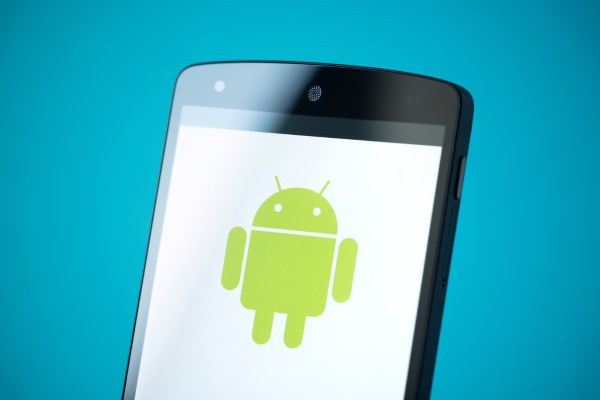
Mobile marketing company Celltick has mined its user interaction data to produce an Android Usage Trends report revealing insights on how users around the world use their mobile phones.
Among the key findings are that the vast majority of smartphones in Asia (71 percent) and the Middle East and Africa continue to be configured with English. Facebook might be ubiquitous, however, Facebook Messenger is only popular on low-end phones, amongst higher-end handsets, Skype is the most common application installed.
Other interesting findings are that smartphone users in India interact with their phones more than twice as often as their European counterparts. Indian users unlock or glance at their phone up to 36 times an hour, compared to a peak of 16 times an hour in the US.
New versions of Android often take time to expand in key mobile growth regions, with only six percent of users in South Asia currently deploying it. Brazilians spend almost three-quarters of their time on Wi-Fi networks, which is a reflection of their urban lifestyle. By contrast, the Japanese use cellular connections 65 percent of the time, thanks to cheap and fast cellular data network investments alongside slow Wi-Fi deployment.
Interestingly Americans aren't as addicted to Wi-Fi as they appear, spending only 55 percent of their time using Wi-Fi and the rest on cellular networks.
"Analyzing Celltick's rich behavioral data was a productive exercise, leading to some fascinating conclusions about how, and why, people are using Android smartphones today," says Ramgopal Vidyanand, VP Marketing and Business Development at Celltick. "With these insights, players across the mobile ecosystem will be better empowered to reach and engage mobile users more meaningfully, creating new revenue streams while helping to maximize existing ones".
The full report is available to download from the Celltick website.
Photo credit: Bloomua / Shutterstock

